Should You Install an Air Source Heat Pump?
Find out what’s involved, the pros and cons, and whether there’s an alternative solution
In the quest to make our homes more energy-efficient, air source heat pumps (ASHPs) are often touted as the most effective solution. But are these devices the best way to heat our homes, how much do they cost, what do we need to know about installing one, and are they actually the best option?
Although they need electricity to run, heat pumps produce more kW of heat than the electricity they use. So on the whole, it’s considered energy-efficient to install an air source heat pump. As part of our comprehensive Sustainable Renovation Planning guide, we asked four experts on Houzz to guide us through all the pros and cons.
Professional advice from: Kit Knowles of Ecospheric; Angus Eitel of Fiftypointeight Architecture + Interiors; Pawel Uczciwek of Xenergy Solutions; Kit Smithson of Natural Building Studio
Although they need electricity to run, heat pumps produce more kW of heat than the electricity they use. So on the whole, it’s considered energy-efficient to install an air source heat pump. As part of our comprehensive Sustainable Renovation Planning guide, we asked four experts on Houzz to guide us through all the pros and cons.
Professional advice from: Kit Knowles of Ecospheric; Angus Eitel of Fiftypointeight Architecture + Interiors; Pawel Uczciwek of Xenergy Solutions; Kit Smithson of Natural Building Studio
What are the benefits of installing one?
“The main reason the government is pushing heat pumps is because they are a very cost-effective way of decarbonising our existing housing stock,” sustainable architect Kit Smithson says.
The advantage for homeowners of installing an ASHP is its potential efficiency. Although they need electricity to run, heat pumps produce more kW of heat than the electricity they use.
The heat produced per unit of electricity is called the Coefficient of Performance (CoP) and, according to the Energy Saving Trust, “if a heat pump has a CoP of 3.0, then it will give out three units of heat for every unit of electricity consumed”.
“The main reason the government is pushing heat pumps is because they are a very cost-effective way of decarbonising our existing housing stock,” sustainable architect Kit Smithson says.
The advantage for homeowners of installing an ASHP is its potential efficiency. Although they need electricity to run, heat pumps produce more kW of heat than the electricity they use.
The heat produced per unit of electricity is called the Coefficient of Performance (CoP) and, according to the Energy Saving Trust, “if a heat pump has a CoP of 3.0, then it will give out three units of heat for every unit of electricity consumed”.
How should I choose an air source heat pump?
For eco-consultant Kit Knowles, the key thing to think about is the type of refrigerants the heat pump uses. The most common refrigerant used in ASHPs is known as R32, but Kit says this coolant has recently been found by the IPCC (Intergovernmental Panel on Climate Change) to be more damaging to the environment than first thought.
Instead, Kit advises you look out for heat pumps that use a propane refrigerant known as R290, of which there are more and more coming onto the market.
Find the right team for your renovation in the Houzz Professionals Directory.
For eco-consultant Kit Knowles, the key thing to think about is the type of refrigerants the heat pump uses. The most common refrigerant used in ASHPs is known as R32, but Kit says this coolant has recently been found by the IPCC (Intergovernmental Panel on Climate Change) to be more damaging to the environment than first thought.
Instead, Kit advises you look out for heat pumps that use a propane refrigerant known as R290, of which there are more and more coming onto the market.
Find the right team for your renovation in the Houzz Professionals Directory.
How should I prepare my home to have one installed?
“To maximise your energy savings, you’ll need to make sure the property is as energy-efficient as possible,” architect Angus Eitel says. “Areas to look at include windows, loft insulation and cavity wall insulation. The key goal is to minimise heat loss through the fabric of the building.”
Kit Knowles agrees and recommends that if you’re doing a major renovation, look at aspects such as glazing ratios and the position of windows. “Then work on an air-tightness strategy of sealing up penetrations in the property, such as soil vent pipes and drainage systems,” he says. “If you do a really good job and you’re using so little energy, you might be able to install a smaller heat pump.”
Pawel Uczciwek advises you ask a professional to carry out a survey and make a heat loss calculation, as well as check the efficiency of your existing system.
“To maximise your energy savings, you’ll need to make sure the property is as energy-efficient as possible,” architect Angus Eitel says. “Areas to look at include windows, loft insulation and cavity wall insulation. The key goal is to minimise heat loss through the fabric of the building.”
Kit Knowles agrees and recommends that if you’re doing a major renovation, look at aspects such as glazing ratios and the position of windows. “Then work on an air-tightness strategy of sealing up penetrations in the property, such as soil vent pipes and drainage systems,” he says. “If you do a really good job and you’re using so little energy, you might be able to install a smaller heat pump.”
Pawel Uczciwek advises you ask a professional to carry out a survey and make a heat loss calculation, as well as check the efficiency of your existing system.
Is it worth installing a heat pump if my house isn’t insulated?
Yes, says Kit Smithson. “If you look at an uninsulated property and apply a fabric/insulation first approach, you might insulate the roof and reduce heat loss through the roof by 50%, but that might only result in a 5% reduction in your gas usage,” he explains. “There have also been studies that found that, after two years, we revert to our previous gas usage. We essentially carry out upgrades to improve comfort rather than reduce energy use.
“On the other hand, by switching to an electric heat pump with a seasonal efficiency of 300%, you reduce a property’s carbon emissions by 50% to 70%,” he continues. “This is due to the decarbonisation of the electrical grid relative to the high carbon emissions embodied in gas. It’s a huge reduction relative to the investment cost.”
Yes, says Kit Smithson. “If you look at an uninsulated property and apply a fabric/insulation first approach, you might insulate the roof and reduce heat loss through the roof by 50%, but that might only result in a 5% reduction in your gas usage,” he explains. “There have also been studies that found that, after two years, we revert to our previous gas usage. We essentially carry out upgrades to improve comfort rather than reduce energy use.
“On the other hand, by switching to an electric heat pump with a seasonal efficiency of 300%, you reduce a property’s carbon emissions by 50% to 70%,” he continues. “This is due to the decarbonisation of the electrical grid relative to the high carbon emissions embodied in gas. It’s a huge reduction relative to the investment cost.”
How much does an air source heat pump cost to install?
“The cost depends on a lot of factors, from the size of the house, the status of the existing systems and the age of the building,” Pawel says. “The initial survey of the property usually gives a good indication of potential costs, which can be from a few thousand pounds up to £20,000 or even more. There is no one cost fits all.”
Angus points out that the cost varies according to the energy efficiency of the property. “The greater the output required, the greater the cost,” he says. “It’s likely that new ‘emitters’ will be required internally – whether that’s underfloor heating or radiators. As an approximation, £10,000 could be used. However, assuming the installation is by an MCS (Microgeneration Certification Scheme)-certified installer, it should be possible to claim £7,500 from the Boiler Upgrade Scheme.”
“The cost depends on a lot of factors, from the size of the house, the status of the existing systems and the age of the building,” Pawel says. “The initial survey of the property usually gives a good indication of potential costs, which can be from a few thousand pounds up to £20,000 or even more. There is no one cost fits all.”
Angus points out that the cost varies according to the energy efficiency of the property. “The greater the output required, the greater the cost,” he says. “It’s likely that new ‘emitters’ will be required internally – whether that’s underfloor heating or radiators. As an approximation, £10,000 could be used. However, assuming the installation is by an MCS (Microgeneration Certification Scheme)-certified installer, it should be possible to claim £7,500 from the Boiler Upgrade Scheme.”
How are they installed and how long might it take?
“There are various ways of installing an ASHP system,” Angus says. “Typically, there’s an external fan unit and an internal hot-water storage tank and pump unit. The former can be ground- or wall-mounted and can be installed on a flat roof. Ideally, the two units should be located close together.
“We would normally expect internal pipework to radiators to be replaced, and more than likely the radiators will need to be replaced,” he continues. “This is because an ASHP system works at a lower temperature than a traditional gas boiler system, so the radiators need to be larger to generate the equivalent amount of heat. We often consider underfloor heating alongside ASHP installations, as this typically works at lower temperatures.”
“If the home’s existing system is in good condition and only the simple addition of a heat pump is required, this can take two or three days,” Pawel says. “However, where modification of the existing building systems is required, this can take two to three weeks or longer, depending on the size of the property.”
“There are various ways of installing an ASHP system,” Angus says. “Typically, there’s an external fan unit and an internal hot-water storage tank and pump unit. The former can be ground- or wall-mounted and can be installed on a flat roof. Ideally, the two units should be located close together.
“We would normally expect internal pipework to radiators to be replaced, and more than likely the radiators will need to be replaced,” he continues. “This is because an ASHP system works at a lower temperature than a traditional gas boiler system, so the radiators need to be larger to generate the equivalent amount of heat. We often consider underfloor heating alongside ASHP installations, as this typically works at lower temperatures.”
“If the home’s existing system is in good condition and only the simple addition of a heat pump is required, this can take two or three days,” Pawel says. “However, where modification of the existing building systems is required, this can take two to three weeks or longer, depending on the size of the property.”
Will an air source heat pump reduce my energy bills?
“Running costs will be determined by a number of factors, but it’s worth bearing in mind that they still require energy input and this input is provided by electricity,” Angus says. “Electricity is per unit significantly more expensive than gas, so the more energy-efficient the property, the [better, because] less electricity will be required.”
“People often think that heat pumps will drive down their bills,” Kit Knowles says. “You’ll get more efficiencies, but your bills will probably stay approximately the same.”
“It’s worth considering solar PV panels as part of the installation or as part of an installation at a later date,” Angus adds. “In tandem with batteries, this can provide ‘free’ electricity to power the heat pump”
“Running costs will be determined by a number of factors, but it’s worth bearing in mind that they still require energy input and this input is provided by electricity,” Angus says. “Electricity is per unit significantly more expensive than gas, so the more energy-efficient the property, the [better, because] less electricity will be required.”
“People often think that heat pumps will drive down their bills,” Kit Knowles says. “You’ll get more efficiencies, but your bills will probably stay approximately the same.”
“It’s worth considering solar PV panels as part of the installation or as part of an installation at a later date,” Angus adds. “In tandem with batteries, this can provide ‘free’ electricity to power the heat pump”
Do they need much maintenance?
“As with any other system in a domestic house, such as boilers and radiators, maintenance of an air source heat pump is needed once a year minimum,” Pawel says.
The Energy Saving Trust recommends looking out for free warranty extensions from manufacturers or 10-year workmanship warranties, for example through Quality Assured National Warranties (QANW).
“With regular scheduled maintenance, you can expect a heat pump to operate for 15 years or more,” the organisation states.
“As with any other system in a domestic house, such as boilers and radiators, maintenance of an air source heat pump is needed once a year minimum,” Pawel says.
The Energy Saving Trust recommends looking out for free warranty extensions from manufacturers or 10-year workmanship warranties, for example through Quality Assured National Warranties (QANW).
“With regular scheduled maintenance, you can expect a heat pump to operate for 15 years or more,” the organisation states.
Are there any alternatives I should consider before installing one?
Kit Knowles recommends you consider a mechanical ventilation heat recovery (MVHR) system before you install an air source heat pump. These systems remove damp air from your home and replace it with filtered air from outside, which is then heated up via a heat exchanger box.
The clean air is then pumped into your home via ducts, keeping the rooms at a pleasant temperature. “This might allow you to purchase and install a smaller and cheaper ASHP,” Kit says, “or, if combined with a more holistic renovation to standards such as Passivhaus, it is possible to get away without extra heating at all.”
So with all this in mind, the answer to whether you should install an air source heat pump is yes. While insulation is important, don’t be put off if your house isn’t quite up to scratch on that front yet, advises Kit Smithson. “A heat pump is clearly the most cost-effective way to decarbonise quickly,” he concludes.
More: How to Retrofit Healthy Ventilation into Your Home
Tell us…
Are you thinking about replacing your home’s heating system? Which option do you think you’ll choose and why? Share your thoughts in the Comments.
Kit Knowles recommends you consider a mechanical ventilation heat recovery (MVHR) system before you install an air source heat pump. These systems remove damp air from your home and replace it with filtered air from outside, which is then heated up via a heat exchanger box.
The clean air is then pumped into your home via ducts, keeping the rooms at a pleasant temperature. “This might allow you to purchase and install a smaller and cheaper ASHP,” Kit says, “or, if combined with a more holistic renovation to standards such as Passivhaus, it is possible to get away without extra heating at all.”
So with all this in mind, the answer to whether you should install an air source heat pump is yes. While insulation is important, don’t be put off if your house isn’t quite up to scratch on that front yet, advises Kit Smithson. “A heat pump is clearly the most cost-effective way to decarbonise quickly,” he concludes.
More: How to Retrofit Healthy Ventilation into Your Home
Tell us…
Are you thinking about replacing your home’s heating system? Which option do you think you’ll choose and why? Share your thoughts in the Comments.





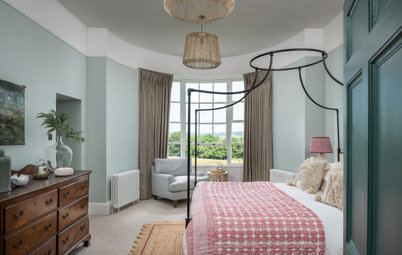
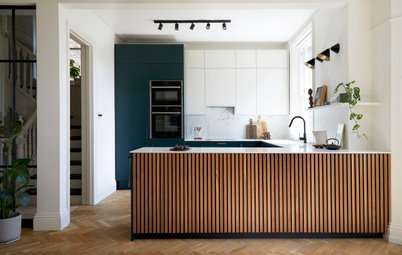
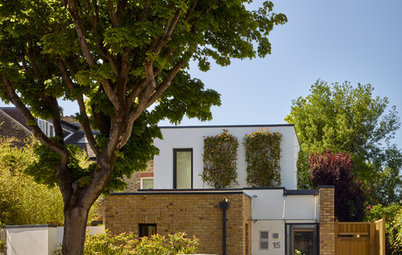


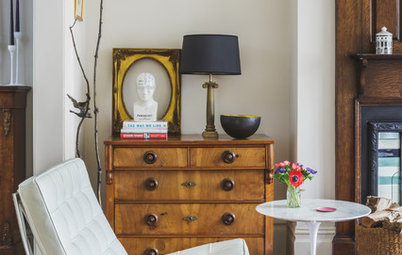
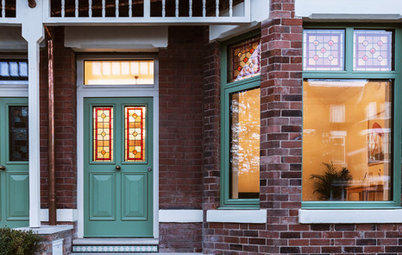
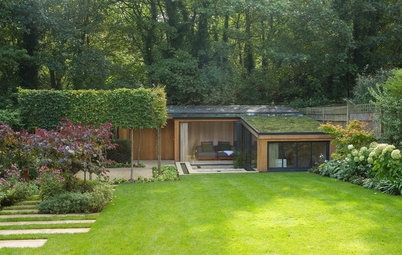

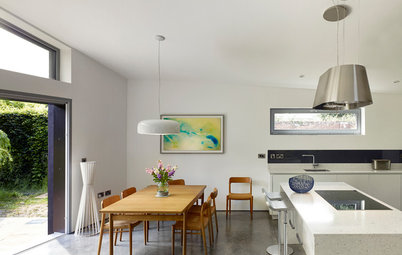
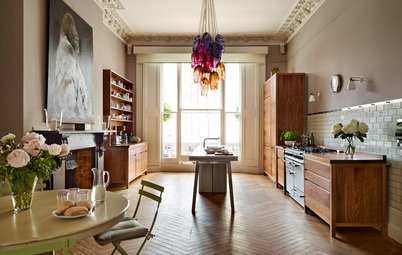
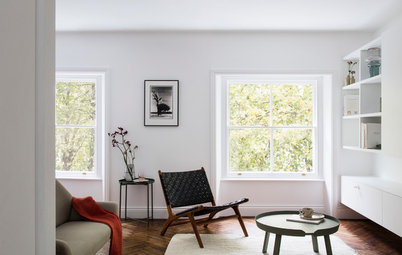
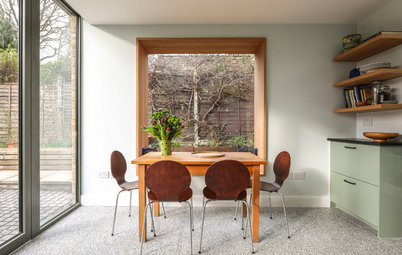
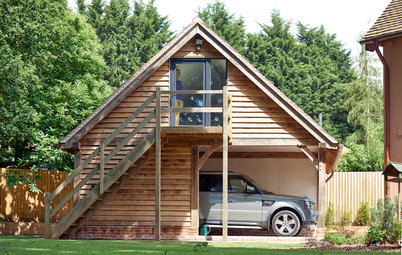
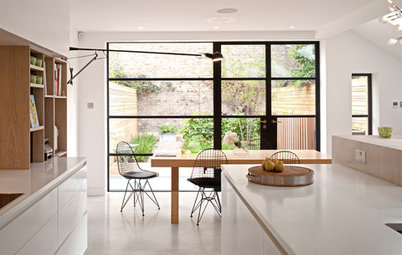

There are two types of air source heat pump – air-to-air and air-to-water. For this article, we’ll be focusing on the air-to-water version, which qualifies for the UK government’s recently increased Boiler Upgrade Grant of £7,500 towards the price of installation. The grant will also contribute to a ground source heat pump (including water source heat pumps and those on shared ground loops), and you could also take advantage of a £5,000 grant for a biomass boiler.
An air-to-water source heat pump works by extracting air from outside and absorbing it into water. The temperature of the water is then raised as it passes through four mechanical devices – an evaporator, a condenser, a compressor and expansion valve. This in turn heats your home via radiators and underfloor heating, and can also heat water for your taps and showers.
More: What Type of Heat Pump Would Work in My Home?